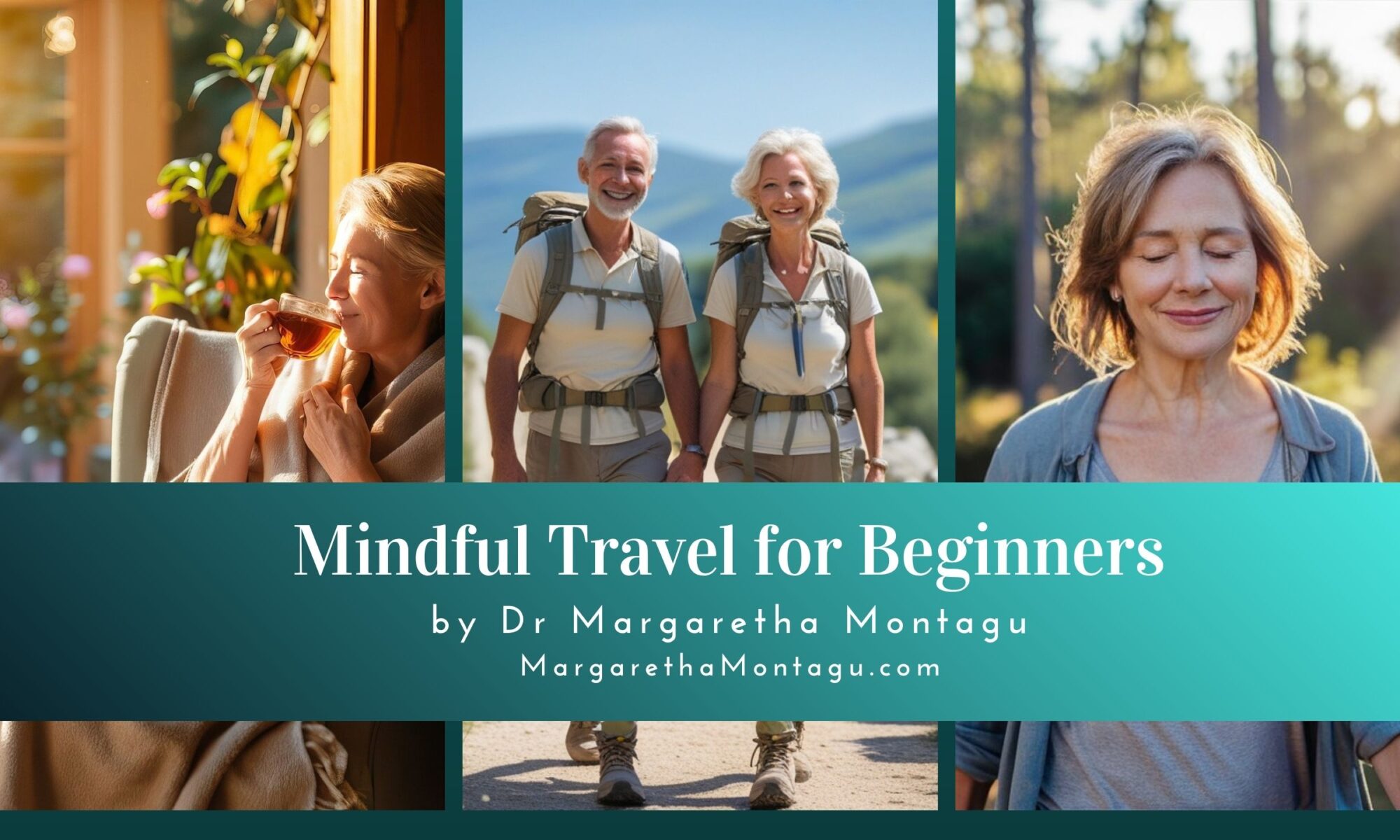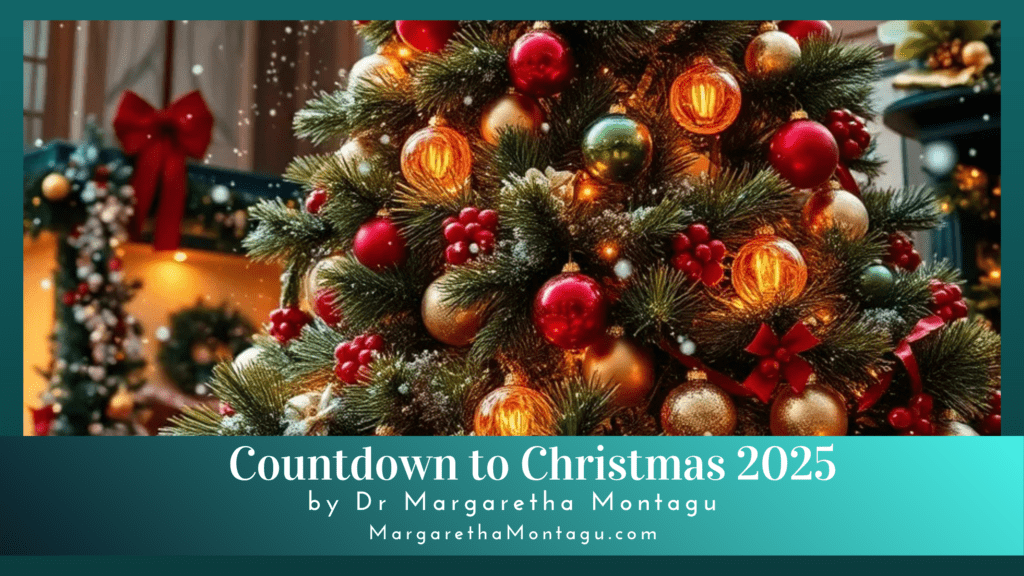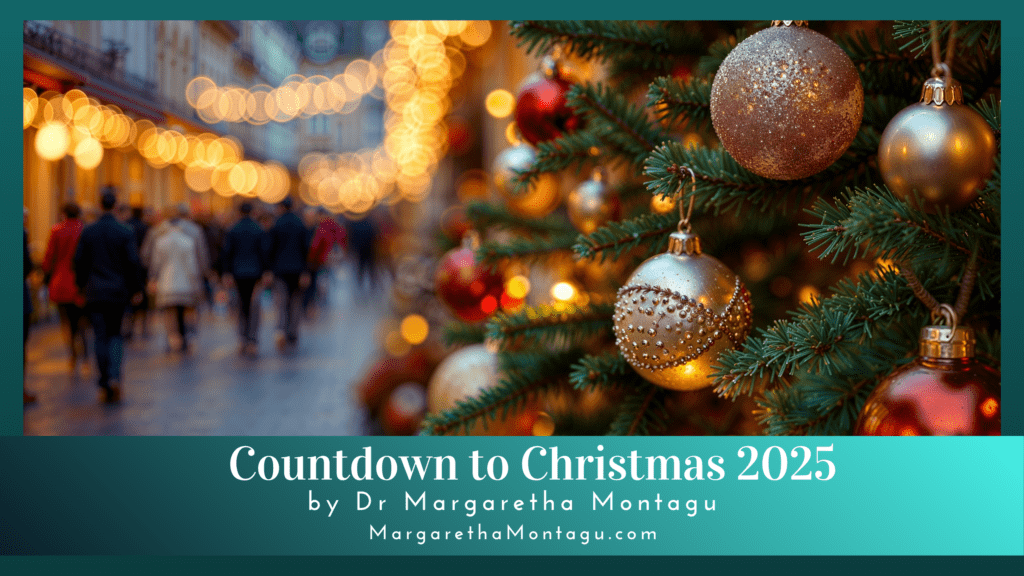Sitting at home, during the pandemic, thinking of all the places I wish I could travel to, I amuse myself by making lists of the places I would like to visit, as soon as it is possible again.
I think about mindful travelling rather a lot (no doubt because I desperately yearn to escape the lockdown.) My dearest wish is to go to the beach, only 90 minutes from here, and watch the sun go down over the sea.
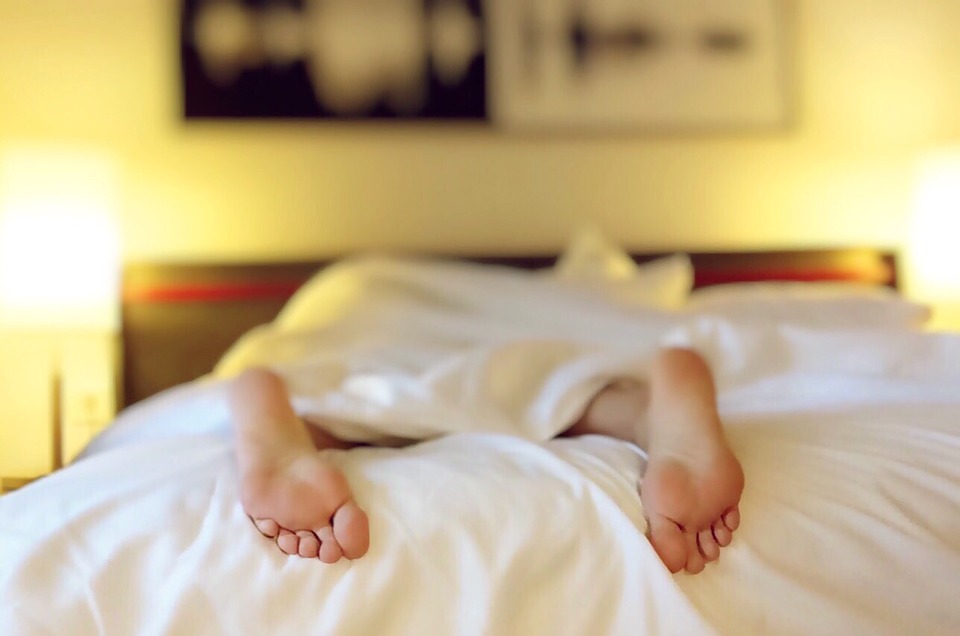
Whenever I get the chance to go to the beach again, I intend to make the most of the experience by travelling mindfully, a subject that I find myself blogging about frequently since the pandemic started.
What is Mindful Travel?
Mindful travel is the practice of being fully present and intentional while journeying, focusing on appreciating each moment, engaging deeply with one’s surroundings, and cultivating awareness of the impact on both self and environment. It involves slowing down, observing details with curiosity, feeling gratitude for experiences, and making choices that promote sustainable and respectful interactions with local cultures and ecosystems.
- Mindful travel means paying attention to the present moment during travel, noticing sights, sounds, flavours, and sensations without judgment or distraction.
- It encourages reflection, self-discovery, and learning by immersing in the local culture and landscape rather than rushing through itineraries or seeking constant entertainment.
- Mindful travel often emphasises actions that are purposeful, such as sustainable choices, supporting local communities, and respecting traditions and the environment.
Update end 2025
How we missed travelling during those long, quiet months of the pandemic. The hum of airports, the clink of coffee cups in little cafés, the thrill of waking up somewhere unfamiliar—all suddenly replaced by stillness and the same four walls. We missed the feeling of possibility that lives inside a packed bag, the way new landscapes stretch the mind and soften the heart. More than anything, we missed the way travel makes us feel alive—curious, open, and connected. When the world paused, we realised that it wasn’t just about seeing new places—it was about rediscovering parts of ourselves that only awaken when we step beyond the known.
Now that we can travel again, every journey feels like a gift we no longer take for granted. The simple act of stepping onto a train, breathing in the air of a new place, or sharing a smile with a stranger feels almost sacred. We travel more slowly now, more mindfully—lingering longer, listening deeper, savouring the quiet moments between destinations. It’s not about collecting stamps in a passport anymore; it’s about collecting moments that make us feel whole. Each trip reminds us how resilient and wonder-filled the world truly is—and how, in finding new paths, we often find our way back to ourselves.
How I am going to make the most of my first chance to travel again:
1) I will plan my trip carefully – I have nothing against leaving for unexplored shore at the drop of a hat, but since I have loads of time, I will research my destination in detail, to find out more about the people who live there and to get a feeling for the geography of the place so that I will lose less time getting my bearings. A quick Google search will reveal the destination’s top attractions and its must-sees. From these I will choose one or two, to visit in-depth, and I will research these in detail.

2) To get a feeling for the place I want to travel to, I will read some books and blog posts, watch a couple of documentaries and even, if I have time, a few films set in the region which will strengthen my connection with the people living there, and give me a deeper appreciation of their culture. A few words of the local language will come in handy too.
3) To make the most of the experience, I will decide beforehand what I want to get from my trip. I know myself. Going to all the big tourist attractions just for a photo opportunity is not my thing. I love sitting at a café with a coffee in front of me and watching the world go by. I love talking to people about what is important to them, whether they are locals or fellow travellers. I love exploring vintage markets and shops. I love running, early in the morning, through a sleeping city, or on a deserted beach. So I will plan my trip to ensure that I can do as many of these things as possible.
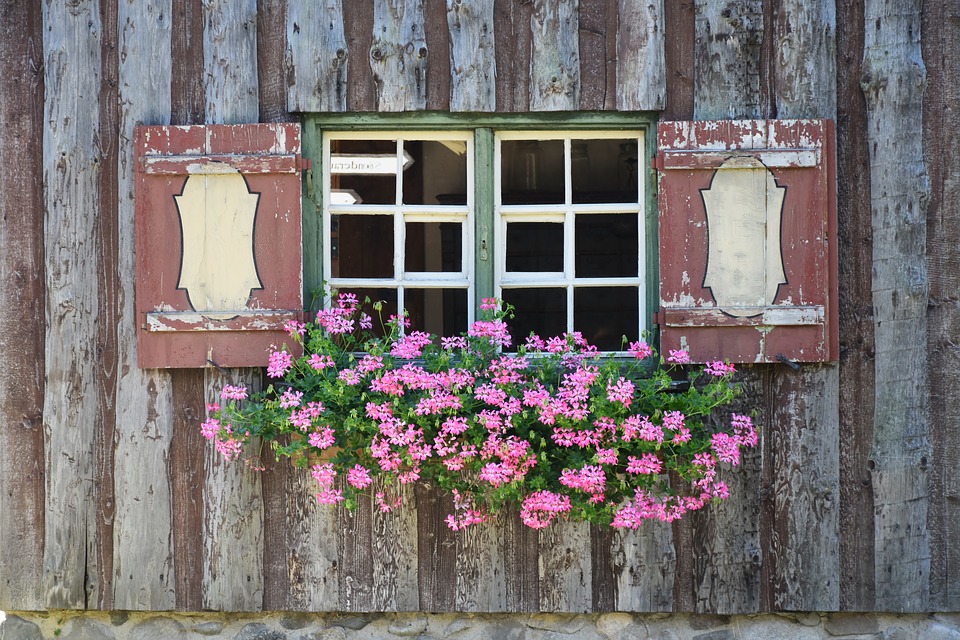
4) I will make the trip there part of my travel experience. I will choose travel options less damaging to the environment when possible, by taking the train instead of a plane, for example, and use local communal transport once I get there. Whenever I can, I’ll walk – it’s good exercise and gives me time to take in the sights. I will aim to stay off the beaten path so that I will experience the emotions that travel is meant to be about: discovering, exploring and navigating unknown territory. I would like to visit less famous sites and support those communities that need it more.
5) If at all possible, I choose to travel in the off-season when there are fewer people about because the other thing I love is to wander aimlessly, on foot, and explore the place I am visiting in my own time. What greater travel luxury is there than that? Staying in an impersonal hotel occasionally appeals to me when I am looking for anonymity, but I by far prefer to stay in a local guesthouse, where I can talk to the owners about their region and maybe even make a new friend or two. They will also be able to direct me to interesting (to me) local events, festivals and concerts. Getting involved in local activities will enable me to connect with the local community, learn from its people and make my trip unique and unforgettable.

6) I rarely buy souvenirs. I prefer to buy something that I will use once I get home. If I do buy something, it will be from a local producer or artist. Instead of buying several small things, I will often buy one item, even if it is a bit more expensive, and if possible, chat to the person who made/produced it. If it is a vintage item, I will want to know its origin. I want to support the local producers and artisans and they can only survive if we put our money where our values are.
7) I will keep a travel journal. This is something I so far have not been able to do. I might start a travel journal with good intentions, but I get so involved in my experiences that I have soon forgotten this noble intention of mine. It’s difficult enough for me to remember to take a couple of pictures. Travelling, while being fully present has got a lot going for it, but now, on the other side of 50, I feel the need to commemorate my travel experiences so that I can fondly look back on them during any future lockdowns. Making a few notes each day also allows me to process the experience, so I think putting aside 30 minutes every morning to remember and reflect on the previous day’s events would be of great benefit and might even give me a few surprising insights about myself.

8) As I mentioned, remembering to take pictures does not come naturally to me, but I do tend to waste time on my phone. Won’t be doing that next time I travel. I might take a couple of pictures, less so of the places I visit than of the people I meet, but otherwise, my phone will rest undisturbed in my rucksack until I get back to my lodgings in the evenings. I am going to aim for a digital detox, on my next holiday. Texts and e-mails will have to wait till the next morning when I usually answer them at home because I tend to stick to certain of my routines while travelling. Having said that, sharing my travelling experiences with the people I care about greatly enriches travelling for me, so I will get up a bit earlier every day to connect to friends and family. And to Facebook. And Pinterest, probably, for last-minute research. And I’ll post a couple of photos on Instagram. But that will be all. So if you need me urgently while I’m travelling, phone me and leave a message if I don’t answer.
9) While travelling back, I will make time to reflect on what I have learned about the places I visited and the people I met, as well as what I discovered about myself. I will adjust the way I do things accordingly. Maybe I took a watercolour painting class and discovered a hidden talent, so I’ll look around for lessons where I live. Maybe I discovered I like a dish that I never thought I would like, or I made a friend that I want to stay in contact with or I made a travelling mistake that I never intend to make again. All these valuable lessons I will consciously incorporate into my life once back home.
These will be my guidelines, whenever I get the opportunity to travel again. I call them mindful guidelines, not rules because I want to remain flexible while travelling so that I can focus on the experience, rather than the objectives I have created for myself.
Choosing to come to one of my retreats here in the south of France would be a great idea if you would like to put your own guidelines of making the most of your next travel opportunity into practice.
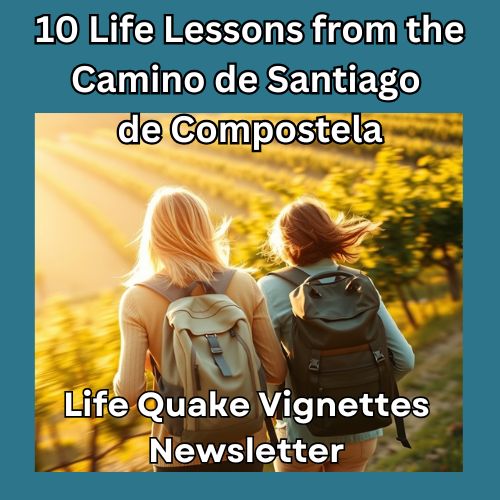
10 Powerful Life Lessons Learned While Walking the Camino de Santiago – a free guide filled with 10 not just “quaint anecdotes” or Instagram-worthy moments (though there are plenty of those) but real transformations from real people who walked the same insight-giving trail you might want to walk one day – Subscribe to my monthly newsletter to Download the Guide
Mindful Travel FAQs
1. What is mindful travel?
Mindful travel is the practice of being fully present and intentional during your journeys. It means travelling with awareness, respect for local cultures and environments, and a focus on meaningful experiences rather than just ticking off tourist attractions. Mindful travelers pay attention to their impact on destinations, engage deeply with local communities, and approach travel as an opportunity for personal growth and connection.
2. How is mindful travel different from regular tourism?
While traditional tourism often emphasises seeing as many sights as possible in a short time, mindful travel prioritises quality over quantity. It involves slower-paced itineraries, deeper engagement with local culture, conscious choices about where your money goes, and consideration of your environmental and social impact. Mindful travellers seek authentic experiences and meaningful connections rather than superficial encounters.
3. What are some practical ways to practice mindfulness while traveling?
Start each day with intention-setting or meditation, even just for five minutes. Put away your phone regularly to fully absorb your surroundings. Engage all your senses—notice smells, sounds, textures, and tastes. Take time to journal about your experiences. Practice gratitude for the opportunity to travel. Walk slowly through neighbourhoods, sit in local cafés to observe daily life, and have genuine conversations with locals rather than rushing from landmark to landmark.
4. How can I reduce my environmental impact as a mindful traveler?
Choose slower, lower-carbon transportation options when possible, such as trains over flights. Stay longer in fewer places rather than hopping between many destinations. Support accommodations with eco-certifications or sustainable practices. Bring reusable water bottles, bags, and utensils. Respect wildlife by maintaining distance and never supporting exploitative animal tourism. Offset your carbon emissions, reduce water usage, and leave no trace in natural areas.
5. What does it mean to travel respectfully and ethically?
Respectful travel means honouring local customs, dress codes, and social norms. It involves learning basic phrases in the local language, asking permission before photographing people, and understanding cultural sensitivities. Ethical travel includes supporting locally-owned businesses, paying fair prices for goods and services, avoiding exploitative tourism (like orphanage tourism or unethical animal encounters), and ensuring your presence benefits rather than burdens local communities.
6. How can I have more authentic cultural experiences?
Stay in locally-owned accommodations, eat at neighborhood restaurants frequented by residents, and shop at local markets. Take classes taught by locals—cooking, crafts, or language lessons. Use local guides who can provide insider perspectives. Attend community events, festivals, or performances. Be genuinely curious and ask questions with humility. Most importantly, approach cultural differences with openness rather than judgment.
7. Can I practice mindful travel on a budget?
Absolutely. Mindful travel isn’t about luxury—it’s about intention. Budget-friendly mindful practices include staying in homestays or guesthouses to connect with locals, walking or cycling instead of taking taxis, cooking your own meals with local ingredients, and choosing free activities like hiking, beach visits, or exploring neighborhoods. In fact, traveling more slowly and simply often aligns perfectly with mindful principles and saves money.
8. How do I balance taking photos with being present?
Set boundaries for device usage—perhaps designate specific photo times or limit yourself to a certain number of pictures per day. When you arrive somewhere beautiful, spend the first few minutes simply experiencing it without your camera. Practice taking mental snapshots by consciously absorbing details. When you do take photos, do so intentionally rather than compulsively. Remember that the goal is to enhance memories, not replace the actual experience.
9. What should I do if I feel overwhelmed or exhausted while travelling?
Listen to your body and mind. It’s okay to slow down, skip an activity, or spend a day resting. Build downtime into your itinerary from the start. Find quiet spaces like parks, gardens, or cafés where you can recharge. Maintain routines that ground you, such as morning meditation, exercise, or journaling. Remember that rest is part of the journey, not a waste of time. Mindful travel means honouring your needs rather than pushing through exhaustion.
10. How can mindful travel practices benefit me beyond the trip?
Mindful travel cultivates skills that enhance daily life: presence, adaptability, cultural sensitivity, gratitude, and the ability to find joy in simple moments. It often reduces anxiety by teaching you to focus on the present rather than worrying about the future. The practice of slowing down and noticing details can carry over into your routine at home. Many travelers find that mindful approaches to exploring the world help them appreciate their own communities more deeply and live more intentionally overall.
5 Essential Books on Mindful Travel
1. “The Art of Travel” by Alain de Botton
A philosophical exploration of why we travel and what we seek from our journeys. De Botton weaves together personal travel experiences with insights from writers, artists, and thinkers throughout history. This book encourages readers to look beyond the surface of destinations and examine the deeper motivations and meanings behind travel, making it perfect for anyone wanting to approach their journeys more thoughtfully.
2. “Vagabonding: An Uncommon Guide to the Art of Long-Term World Travel” by Rolf Potts
While focused on extended travel, this book’s philosophy applies to any journey length. Potts emphasises simplicity, presence, and the importance of experiences over itineraries. He challenges conventional notions of success and encourages readers to prioritise time and experience over material wealth. It’s an inspiring guide to travelling with intention and embracing the transformative aspects of being on the road.
3. “The Snow Leopard” by Peter Matthiessen
A beautifully written account of Matthiessen’s trek through the Himalayas that blends travel narrative with Zen philosophy and personal reflection. As he searches for the elusive snow leopard, the journey becomes a meditation on grief, impermanence, and spiritual awakening. This classic demonstrates how travel can be a vehicle for profound inner exploration and mindfulness practice.
4. “Pilgrim at Tinker Creek” by Annie Dillard
Though not about traveling far from home, this Pulitzer Prize-winning book exemplifies mindful observation and deep attention to one’s surroundings. Dillard spends a year exploring the area around Tinker Creek in Virginia, noticing the extraordinary in the ordinary. It’s a masterclass in how to truly see and experience a place, offering lessons that transform how you approach any destination.
5. “A Year of Living Danishly: Uncovering the Secrets of the World’s Happiest Country” by Helen Russell
A humorous yet insightful account of an outsider’s immersion into Danish culture and the concept of “hygge.” Russell’s journey illustrates the value of slow travel, cultural integration, and learning from different ways of life. The book shows how mindful engagement with a culture—rather than surface-level tourism—can lead to genuine understanding and personal growth.
A small selection of the 450 blog posts on MargarethaMontagu.com:

